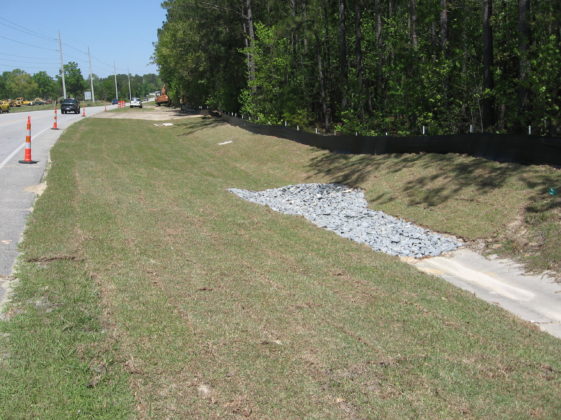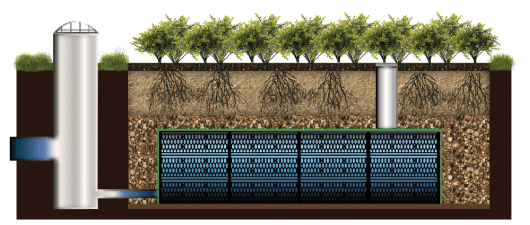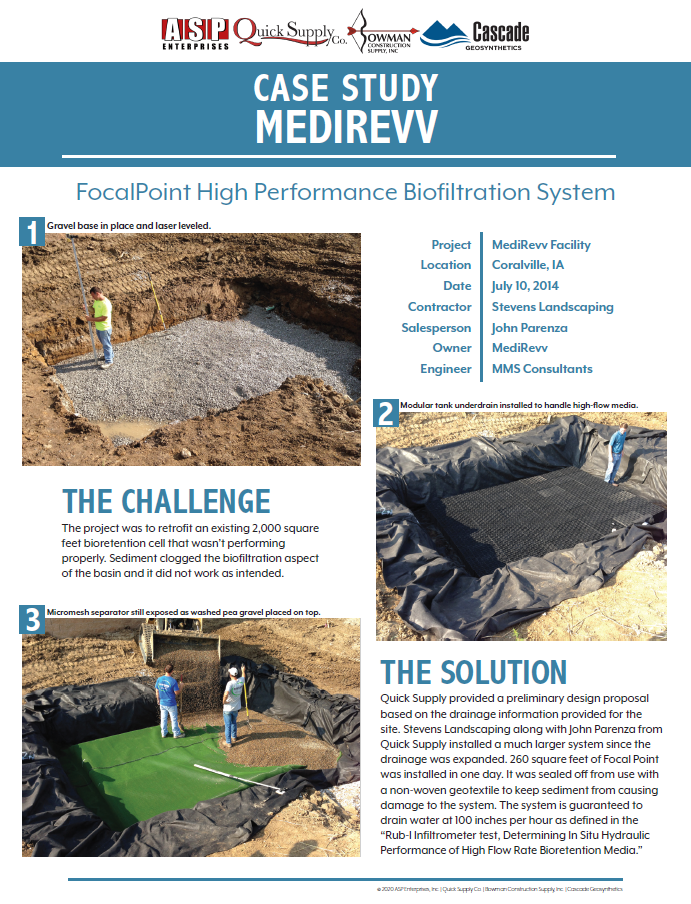

To have your practice accepted for use on new development, please send a request to the following e-mail with "Proprietary Practice Acceptance - New Development" in the subject line: Please include the evaluation and verification reports/studies from one of the third parties listed above.To obtain the water quality credit assigned to a manufactured treatment device (MTD), the device must be properly sized. PracticeįocalPoint High-Rate Biofiltration System Based on the information provided, DEC has determined that the practice is acceptable for use on new development (Note: RRv sizing criteria must be addressed first). The evaluation and verification reports/studies for following proprietary practices have been reviewed by DEC. Verified Proprietary Practices for New Development Criteria for Proprietary Practice Use - PretreatmentĪll proprietary practices accepted for new development and/or redevelopment applications can also be used for pretreatment, provided the practice has been designed in accordance with the Design Manual. Proprietary practices cannot be used to address the remaining Water Quality Volume (WQv) on a new development project unless the Runoff Reduction Volume (RRv) sizing criteria has been addressed. Please be advised that projects not subject to the requirements of a regulated, traditional land use control MS4, will be authorized to commence construction in 60 business days from the date DEC receives a complete Notice of Intent. The removal efficiency must be verified using at least one year of field testing and monitoring.Īll proprietary practices proposed for new development are considered to be a deviation from DEC's technical standard. 80% TSS removal and 40% Phosphorus removal).

However, the documented removal efficiency of the practice must be greater than or equal to the performance criteria required in the State of New York (i.e. The proprietary practice must be evaluated and verified by one of the third parties identified above and be listed on their webpage as meeting the required assessment protocol. Criteria for Proprietary Practice Use - New Development

Criteria for Proprietary Practice Use - Redevelopment Please note that 40 CFR Part 136 does not list Suspended Sediment Concentration (SSC) as an acceptable method for analysis of TSS.
Focalpoint bioretention system manual#
Currently, any sampling data used to demonstrate equivalency with the Design Manual for the purposes of demonstrating compliance with the post-construction treatment requirements must use a method listed in 40CFR Part 136 which currently lists Total Suspended Solids (TSS) using EPA Method 160.2 or Standard method 2540 D). Please be advised that 6NYCRR Part 750-2.5(d)(1) requires monitoring and analysis conducted in accordance with an issued SPDES permit to be conducted using test procedures promulgated pursuant to 40 CFR Part 136. Additional information on the use of proprietary practices is provided below. Specifically, Section 3.3.2 (Criteria for Practice Addition) of the Design Manual addresses the requirements for new development, and Section 9.4 (Alternative Stormwater Management Practices/Proprietary Practices) addresses the requirements for redevelopment applications. Instead, DEC relies on established, third-party stormwater management practice evaluation and verification systems such as: the State of Washington Technology Assessment Protocol - Ecology (TAPE), the Technology Acceptance Reciprocity Partnership Protocol (TARP) (primarily New Jersey Corporation for Advanced Technology), and the State of Maryland Department of the Environment.ĭesign professionals should refer to the 2015 NYS Stormwater Management Design Manual (Design Manual) for the requirements to use a proprietary practice for new development and redevelopment applications. manufactured stormwater management practices) being used for post-construction stormwater management. Portions of this page may require JavaScript to be enabled for your browser.ĭEC currently does not have a research unit that evaluates the monitoring results and pollutant removal efficiencies of proprietary practices (i.e.

Proprietary Practices for Stormwater Management


 0 kommentar(er)
0 kommentar(er)
